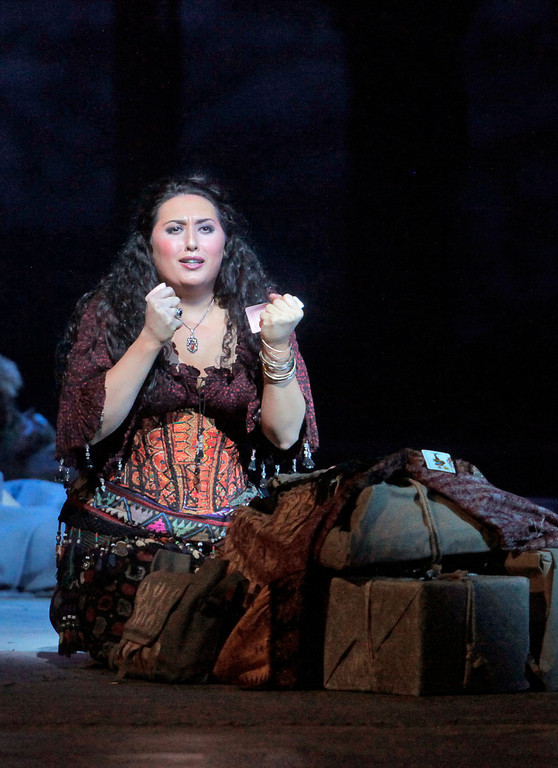A hurricane? It shouldn’t be too bad. I’ll stay in my dorm for the weekend, it won’t be a big deal. Growing up in a neighborhood like Fresh Meadows, I’ve never seen anything happen because of these hurricanes. The worst that’d happen were a few trees here and there being knocked over, but even then, there were no damages.
I guess that was an understatement. Even though I had doubts, I went to the grocery store early Sunday evening, picked up some food, and waited about half an hour in line. When I got back to my dorm, I packed my duffle back with a few bottles of water, some chips and cookies, and a flashlight. School was already closed and I was ready to sleep in to catch up on all the hours I lost from staying up late the week before. I had a few papers that were postponed due to the hurricane so everything was grand and dandy. The dark clouds started rolling in and the winds started picking up. Even through my headphones and the sounds of my friends joking and laughing in our video chat, I heard the wind howling and slapping against my thin dorm windows. The windows were closed but the windows were shaking and blinds were dancing. I decided to go to bed to avoid how scary Sandy seemed to be.
The next morning, I looked out the window. The trees had dressed the streets and the top of cars with their leaves. I was surprised none of them had fallen, considering how fragile they normally seem. The skies were gray and everything was quiet. I thought that it wasn’t such a bad storm until I turned on the TV and checked my phone. The news showed a ton of different places that were strongly affected by the storm. A bunch of my friends had texted me saying they lost power and had to evacuate their homes. I got a text message from my brother telling me a few trees had fallen into our yard. My building was fortunate enough to still have power and hot water. With the subway completely shut down and suspended, I had nothing to do but snuggle in bed and watch movies on my laptop.
School turned out to be closed for the rest of the week. I was a little frustrated; if I had known, I would have gone home as soon as possible. I decided to go home on Thursday night and what usually took me a little over an hour to get home, it took me three full hours because of train problems. When I finally did get home, I found a little welcome-home-surprise.




















































